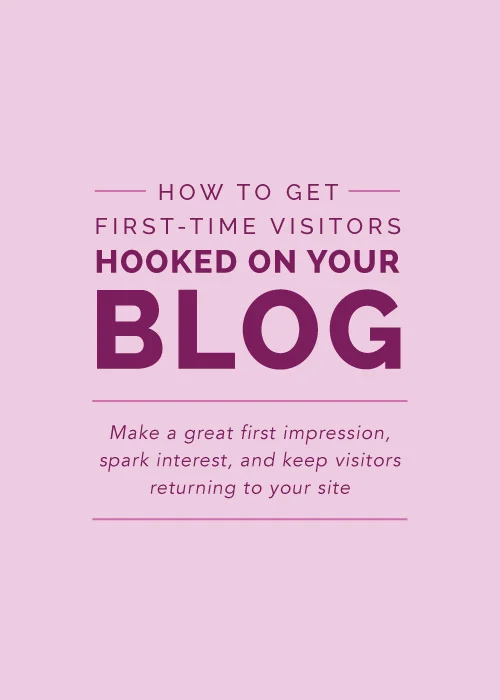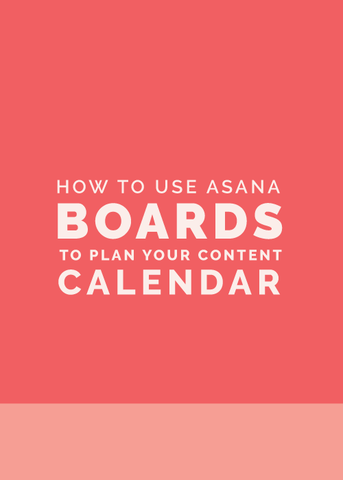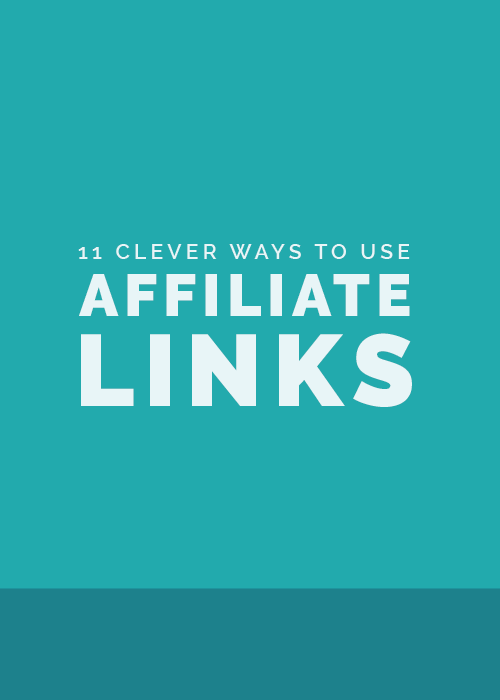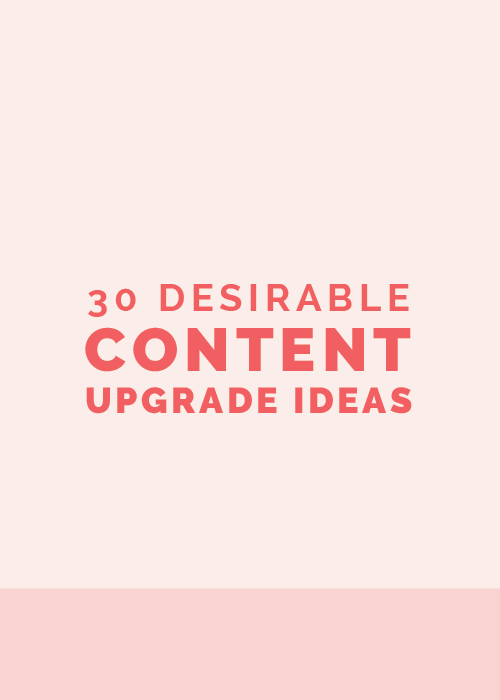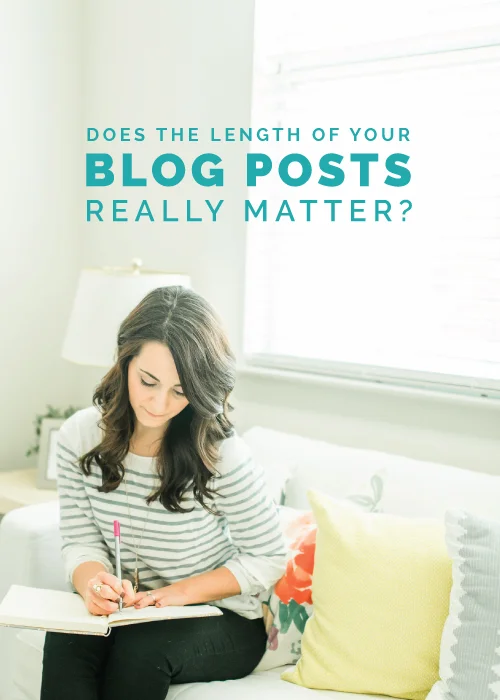"Can I just say, I'm not sure how I found your blog but I have been binging on posts every evening for a week solid! I think I'm in love. Following you on all social media and signed up for your newsletter! Just love every single post I've read and I've read like 20+ so far, ha!"
"I am so so glad I found your website, I have been stalking you for the past few hours."
"Great post and lovely blog. Just found out about you (through an Instagram suggestion). Already love your blog, congratulations!"
We all strive for blog comments like these; there's nothing better for business than to make a great first impression on a first-time visitor and potential client. And while we all know why it's important to hook a visitor from the start, the struggle comes with the "how." Today I'm sharing a few things that can turn a first-time blog visitor into a loyal follower.
Make a great first impression through a streamlined, professional design
A few months ago I came across an interesting study that sought to answer a simple question: How much impact does design have on trust and mistrust of websites and how much impact does the quality of the content have? The results were eye-opening: 94% of the participants cited design-related issues for doubting the reliability of a website. Only 6% cited content-related issues as the source for a lack of trust in a site. This is confirmation for something most of us already know: design plays a large role in the credibility of your website.
Before a visitor has the chance to read your blog content, they are already drawing conclusions about your blog through its design. First impressions are crucial in this ever-growing blogging industry, and an inconsistent, helter-skelter website design can cause visitors to question your blog's validity. However, a professional, streamlined brand and website has the potential to make your blog appear legitimate and trustworthy right from the start. Here are some things to consider as your create the design of your blog.
Simplify the layout. Less is more. It can be tempting to add a lot of fun features to your website, but it can often be distracting, overwhelming, and confusing for your audience. You can add detail without going overboard on your blog's layout, so aim to keep it simple.
Organize the navigation. Don't make it more difficult for visitors to explore your site and find what they're looking for. Create a sitemap to ensure that your navigation is intuitive and user-friendly. Because too many items in your main navigation can be overwhelming (I usually suggest no more than 6), consider using folders to house pages or move some pages into your footer navigation or a blog sidebar.
Cut down on loading times. Slow introductions are a pet-peeve of many website visitors. Cut back on loading times by omitting flash introductions, splash pages, and large file sizes for images.
Avoid too much small text. Too much small text on a page can also be overwhelming, so increase your font size, break your text up into paragraphs, and use headers to distinguish groups of information.
Create search facilities and indexes. Place a search bar in a prominent location to allow visitors to easily find what they're looking for. It's also helpful to categorize your posts and create an index in your sidebar so that readers can refer back to past articles.
Streamline your images. A large part of your blog design isn't within the framework of your site design, but within your content. Focus on making your blog post images consistent through similar layouts, photo editing, colors, sizes and type treatments.
Why and How to Brand Photos for Your Blog and Business
How I Create Graphics for My Blog and Business
Spark interest through steady, relevant content
While design gives people a striking first impression of your blog, content sparks the interest of first-time visitors and keeps them coming back. Readers are selfish; they enjoy content that benefits them in some way, whether it's through education, instruction, inspiration, or entertainment. So if you're sharing articles that are reader-focused and valuable to your audience, visitors will stay on your site longer, reading your older posts and searching through your site for more. Some things to consider as you're sharing content on your site:
The longer, the better. According to Search Engine Journal, a post needs to contain 2,000 words before it becomes worthwhile (source). While each of your posts might vary in the length, he longer your posts are the more opportunity you have to draw readers in, pique their interest, and benefit them.
The more, the better. In order to draw readers in and spark their interest, it's helpful to have a full archive of posts for new visitors to search through. The longer those visitors staying to look through your content, the more familiar they become with your site and the more likely that they will visit your blog again. Granted, building up your archives takes time and it's never good to post for the sake of posting, but this is definitely something to strive for.
10 Ways to Make Your Blog Content Stronger
How to Set Up Blog Archives in Squarespace
Set expectations through a consistent posting schedule
New visitors don't know when to come back and check in with your site if you don't give them an expectation. It doesn't have to be once a day - or even once a week - but setting the precedent, building blog post preparation into your schedule, and maintaining consistency will get others excited to come back for new, valuable content.
Design helps create a great first impression, valuable content sparks interest and keeps them on your site longer, and a consistent posting schedule tells them when to come back. And the more they return, the more you're able to build trust, create brand loyalty, and expand your audience.
How do you get first-time visitors excited about your site?

